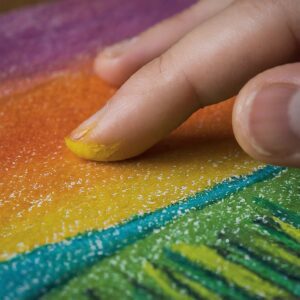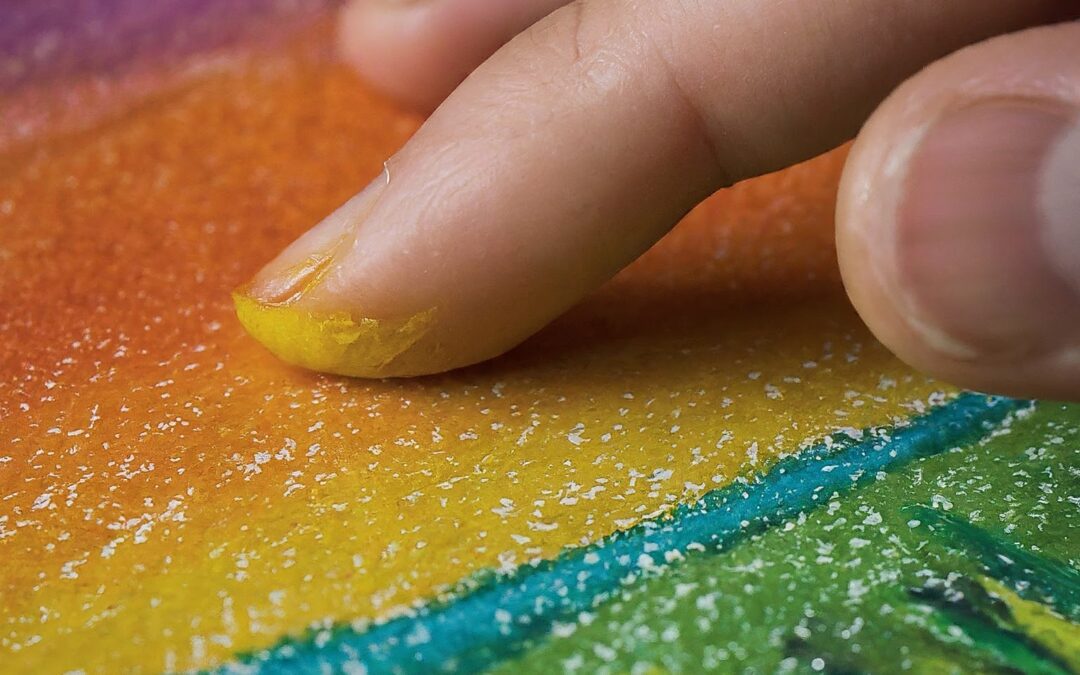Unleash the Power of Blend: Using Linseed Oil with Oil Pastels
Oil pastels are beloved for their vibrant colors and smooth application. But if you’ve ever craved a more painterly effect or struggled with blending, linseed oil can be your secret weapon. Let’s explore how this medium (Choosing Other Materials) can elevate your oil pastel artwork.
Unlocking Techniques:
-
Smoother Blending: Linseed oil acts as a solvent, softening the pastel and allowing for seamless blending. Apply a thin layer of oil with a brush to specific areas, then blend colors using your finger, a blending stump, or even another oil pastel.

-
Glazing for Depth: Linseed oil can create a glazing effect, adding richness and depth to your artwork. Lay down your initial oil pastel colors, then use a brush dipped in a light mixture of linseed oil and turpentine (ensure proper ventilation when using turpentine) to create transparent layers.
-
Lifting and Softening: Need to correct a mistake or soften a harsh line? Linseed oil can help! Dip a clean brush in oil and gently dab the area you want to adjust. Remember, too much oil can cause the pastel to bleed or lift completely, so start slow and build gradually.

-
Oil Pastel Painting: For a truly painterly experience (A Course in Still Life Mastery Using Oil Pastels), try dipping your oil pastel directly into a small amount of linseed oil. This creates a more fluid application, allowing you to build washes of color and create soft transitions.

Important Considerations:
-
Start with Experimentation: As with any new technique, practice on scrap paper first. Experiment with different ratios of linseed oil and pressure to find what works for you.
-
Oil Pastel Quality Matters: Linseed oil works best with high-quality oil pastels that contain more wax. Student-grade pastels might not react as well.
-
Varnishing for Protection: Once your artwork is complete, consider using a varnish specifically designed for oil pastels to protect it from dust and moisture. Linseed oil can slightly increase drying time, so factor that in when planning your varnishing schedule.
A Final Note: Linseed oil, when used thoughtfully, can add a whole new dimension to your oil pastel creations. With a little practice, you’ll be unlocking a world of creative possibilities and achieving that dreamlike, painterly effect. So, grab your oil pastels, some linseed oil, and get ready to blend your way to artistic mastery!
If you would like to fast forward your learning using Oil Pastels, check out some of the popular courses below



